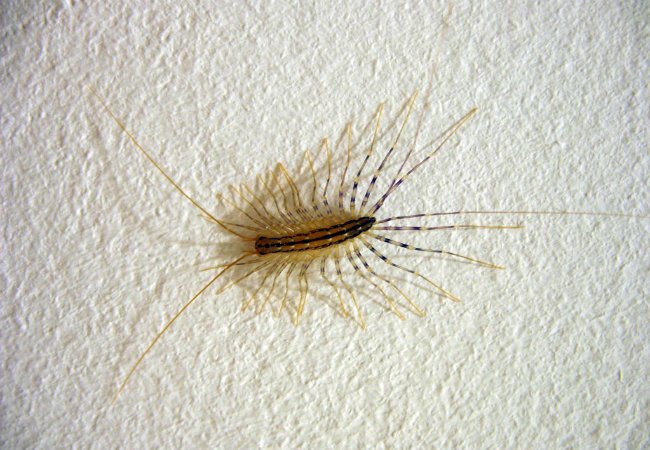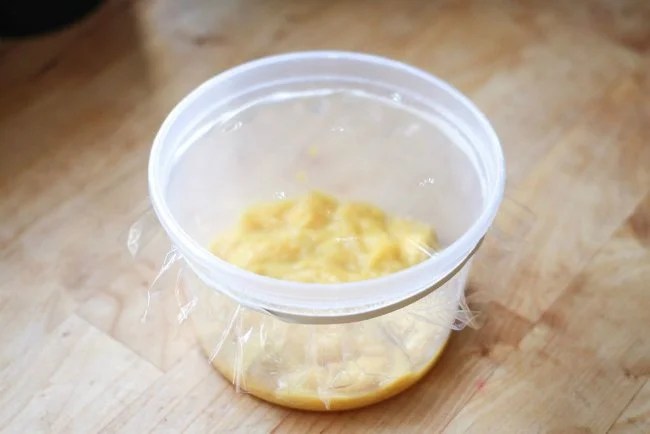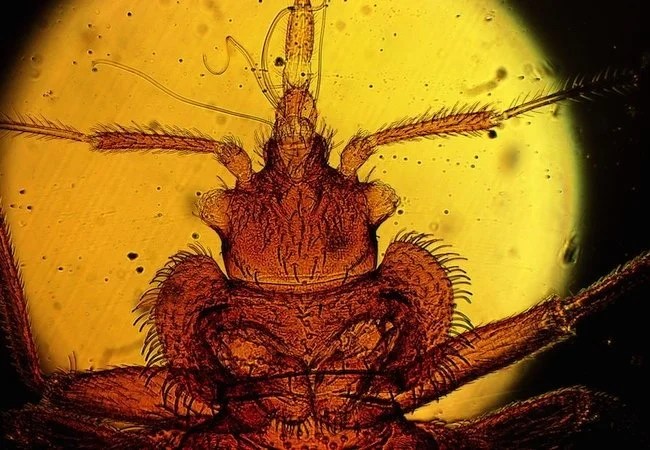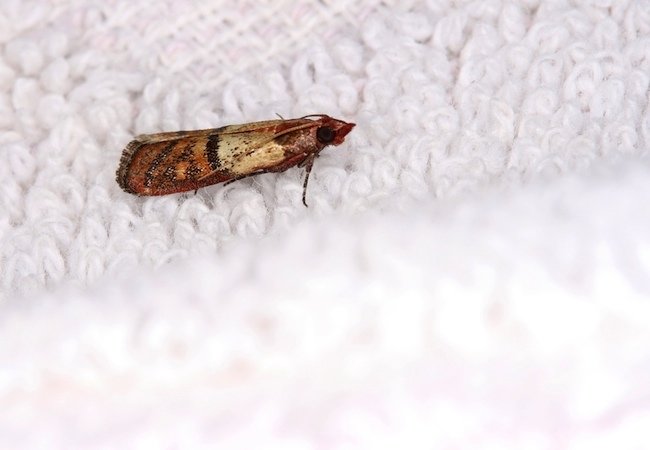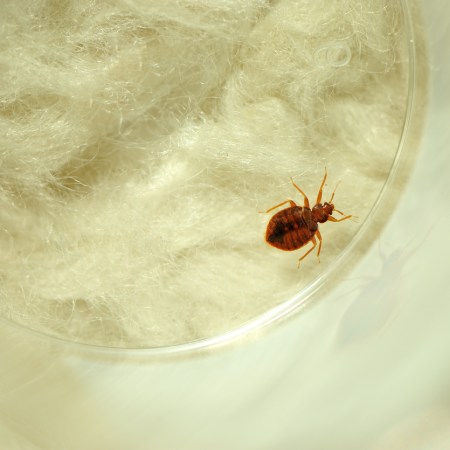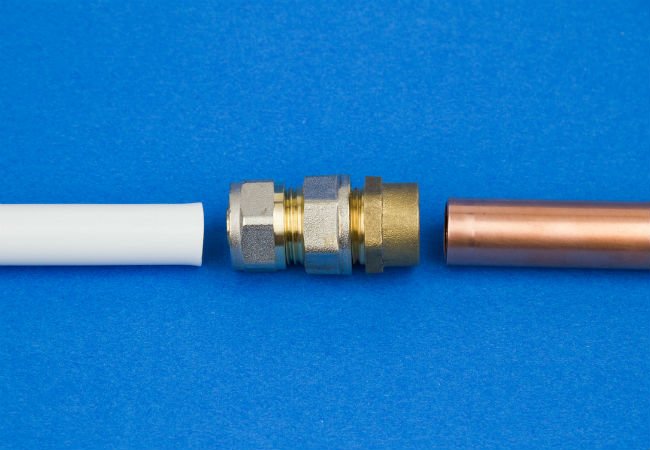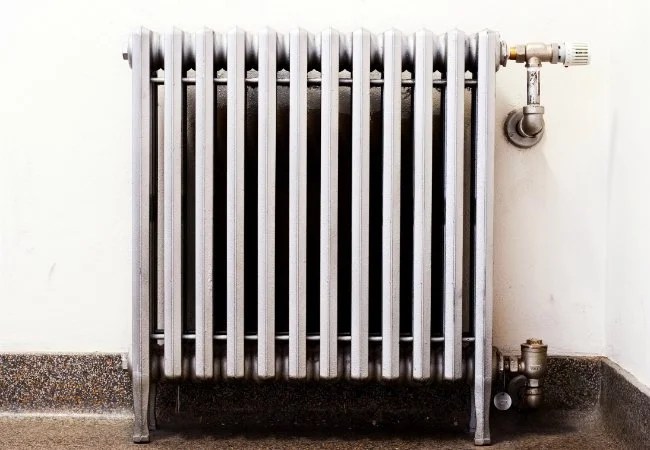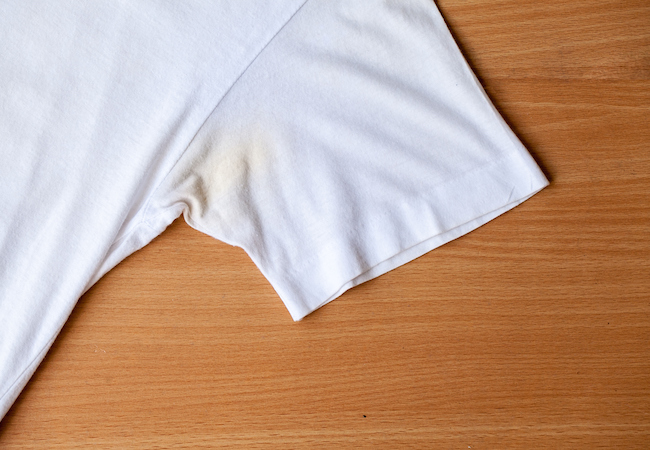We may earn revenue from the products available on this page and participate in affiliate programs. Learn More ›
Centipedes, with no shortage of legs and alarming speed, seem to have been designed to make squeamish homeowners shriek. But despite their somewhat frightening appearance, centipedes are—for the most part—harmless, even somewhat helpful. They won’t damage your foundation, siding, or furniture; they’re not interested in the food in your pantry; and they come out at night and eat the terrible bugs that you don’t want hanging around, like termites, moths, roaches, and even bed bugs.
If you’re not squeamish, you might consider just leaving centipedes alone to do what they do best—killing destructive pests with poisonous venom and then considerately gobbling them up so you have nothing left to clean.
But if you find creepy-crawlies just too disturbing to live with, there are several things you can do to rid your spaces of centipedes.
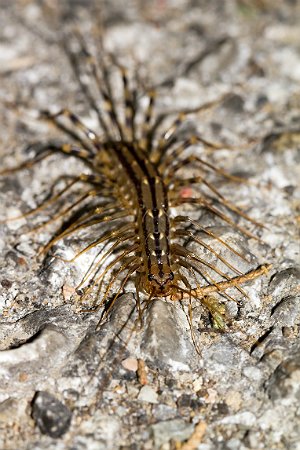
How to Get Rid of Centipedes in Your Home
If centipedes have already made themselves comfortable in your humble abode, here are a few ways to eliminate them:
- Capture: Centipedes are fast, but they don’t generally invade in large numbers. If you can trap the ones you see and either squish them or relocate them outside, you’ll be well on your way to controlling the problem. Simply isolate the centipede under a jar a cup, slide a pice of paper over the mouth of the container, then relocate the bug outdoors, being sure to deposit it as far away from the home as possible. Do not touch a centipede with your bare hands—they do bite. Although they are not prone to attacking humans, one might bite in self-defense; the bite would feel similar to a bee sting.
- Trap: Sticky traps, such as those used for other insects and rodents, are effective at catching centipedes. Purchase a set of sticky traps at your local home center (or online via Amazon) and place them near baseboards and in the corners of rooms. The advantage of the sticky trap approach? You don’t just capture centipedes; you also capture any bugs in your home that the invading centipedes are feasting on. Indeed, inspecting your sticky traps carefully may reveal that your pest problem extends beyond centipedes. That wouldn’t be welcome news, but it’s important to know what you’re dealing with.
- Spray: If the idea of using insecticides inside your home makes you less squeamish than the presence of centipedes, consider eradicating them with any number of sprays or dusts. There are also a few nontoxic varieties available, such as Dr. Earth, which sells for about $15 on Amazon. Before buying, check the label to ensure that the formulation targets centipedes and is safe to be used indoors. Then, apply it according to the manufacturer’s instructions around baseboards, doors, windows, and any cracks and crevices where centipedes might gain entry.[homeadvisor]
How to Prevent Centipedes from Entering Your Home
The best way to reduce your home’s centipede population is to prevent the pests from entering in the first place. Consider consulting one of the best pest control companies, such as Orkin or Terminix, on how to make your home unattractive to centipedes. Here’s how to create an inhospitable home:
- Outdoors: Centipedes like to hide and breed within leaf litter, grass clippings, and other damp yard materials. Clear away this outdoor debris and keep it a fair distance from your house. If you store compost or firewood, move it at least 30 feet away from your home’s perimeter.
- Indoors: Use an expanding foam spray to seal up any gaps, cracks, and crevices around your windows, doors, siding, pipes, and wiring. Doing this will keep out not only centipedes, but rodents as well. Centipedes love damp areas like bathrooms, basements, closets, and even attics; in fact, they’ll dry out and die without moisture. Invest in a dehumidifier, and install exhaust fans in your bathrooms or attic if you haven’t already done so.
Finally, if you can figure out which bugs the centipedes are feeding on and eradicate them, centipedes will move on to locations where the food supply is more dependable—perhaps your neighbor’s house! And then you can clue others into the combination of prevention and control that saved you from those frightening confrontations with the “hundred-legged worm.”

